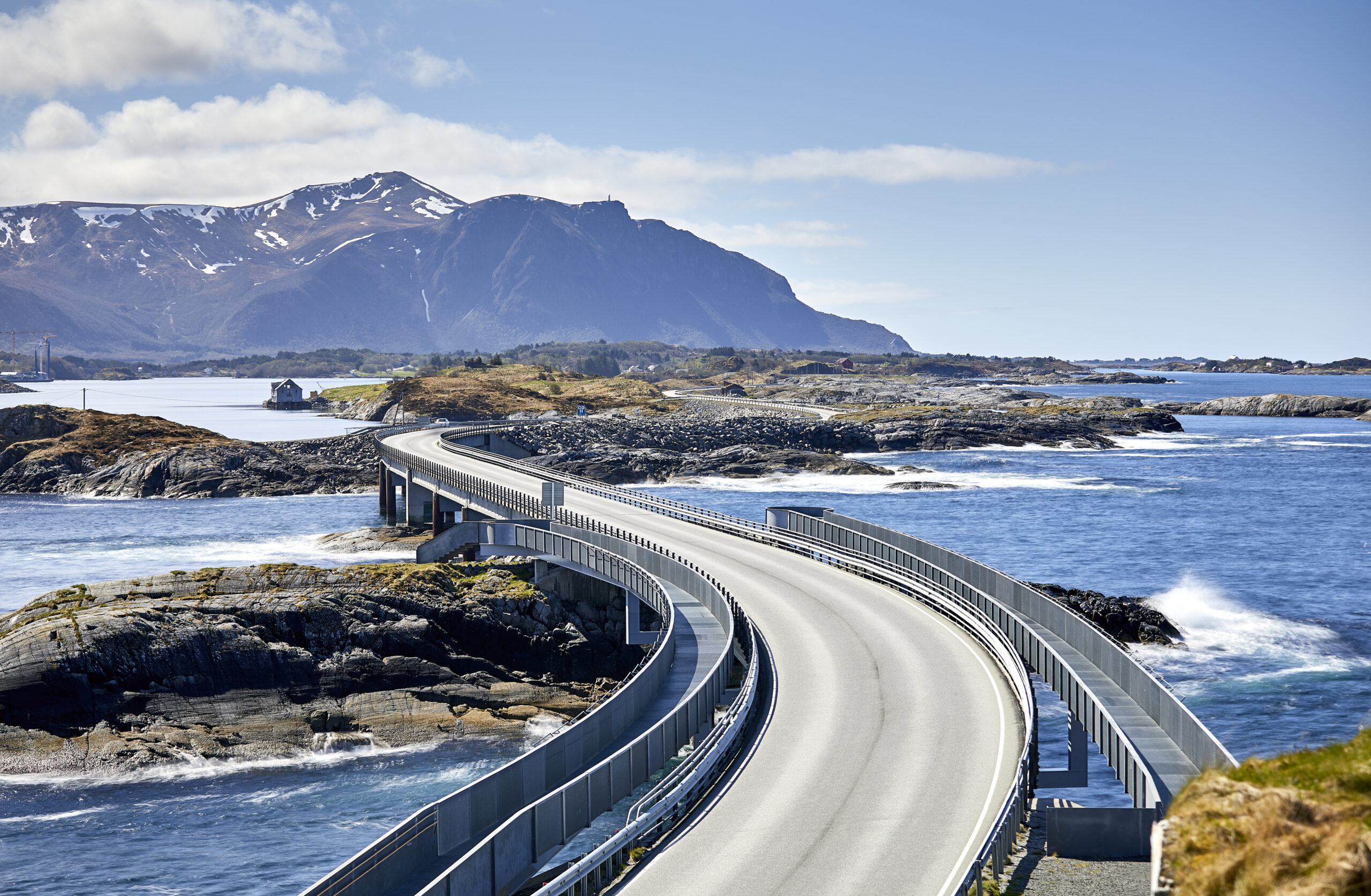
29.04.2024
Suggests a CO₂ “National Transport Plan”
In the phase between CO2 capture and storage, there will be a need for an infrastructure network, where CO2 transport is planned and coordinated at a national level. CLIMIT has granted NOK 200,000 for a concept study under the direction of SINTEF Industry and SINTEF Energy, which will further explore the future transport routes for CO2.
Ragnhild Skagestad from SINTEF Industry leads the study, which could result in a contribution to a possible “National Transport Plan” for CO2 – similar to the current Norwegian National Transport Plan (NTP), a document which outlines Norway’s transport policy and investments for a twelve-year period.
Study Phase
– At SINTEF we are now focusing on developing a roadmap for CO2 management, which includes the transportation of CO2 between and within clusters that are already involved in the handling of CO2. The project is in a study phase, with the potential to become a full-scale national initiative. The goal is to develop a holistic approach which integrates the various industry segments for better collaboration and efficiency – says Ragnhild.
One of the biggest challenges is coordinating the transportation of CO2, from various capture sites to storage sites. The project is considering different transport methods – such as pipelines, ships, trains, and trucks – each with their unique challenges and requirements. It’s crucial to create infrastructure which also covers future needs, so that pipes and storage may accommodate increasing CO2-volumes.

Standardization
Ragnhild and her colleagues at SINTEF are evaluating how standardized CO2 transport methods can be effectively utilized, to handle different geographical and industrial conditions while exploiting site-specific advantages. – For instance, pipelines may be ideal in some regions, and shipping might be better suited in other parts of the country. Transnational CO2 transport may lead to other transport needs – Ragnhild notes.
An agreement was recently signed between several countries, including Norway, making transnational CO2 transport legal.
Norway has a unique position thanks to its advanced technological knowledge and experience from the offshore sector. This project has the potential to set standards that could also be implemented across Europe. SINTEF is in dialogue with the EU to develop a joint strategy which also considers country specific conditions and needs.
Collaboration is Key
– We interact closely with industrial clusters to ensure that the solutions we develop are scalable and adaptable. This involves exchanging knowledge and technologies that can promote the standardization of the infrastructure. Coordinating the CO2 networks is absolutely essential to achieve an effective national strategy – Ragnhild adds.
Through the project, SINTEF will engage in dialogue and collaboration with ongoing clusters in various locations across Norway. This includes all, from large industrial conglomerates to innovative startups. During the concept study, a workshop will be held where potential partners are invited. The collaboration also extends to academic institutions to ensure the project stays up to date with the latest research.

What Happens Next?
Ragnhild is optimistic and looks forward to moving from ideas to a feasibility study, where a roadmap for CO2 infrastructure will be developed. This includes detailed mapping of CO2 sources and potential storage sites, along with the development of efficient and sustainable infrastructure. The goal is to create a robust system for future CO2 infrastructure, not only serving Norway but also addresses global challenges.
– This CO2 infrastructure project has the potential to strengthen Norway’s position as a leader in CO2 management. By developing technologies and then sharing them, SINTEF’s work can contribute to European collaboration against the climate change. This combines industrial development and sustainability – says Ernst Petter Axelsen, senior advisor at Gassnova and CLIMIT.
